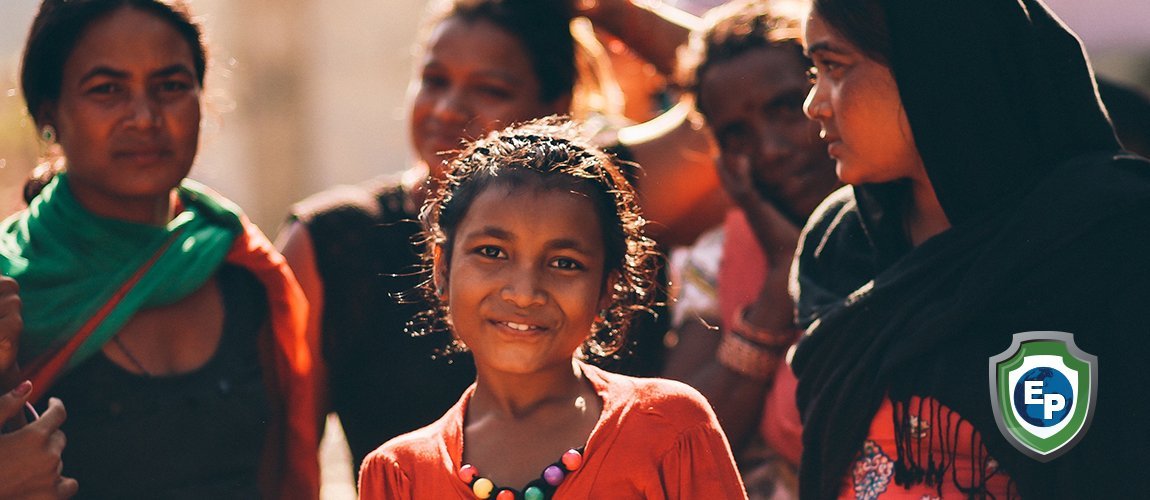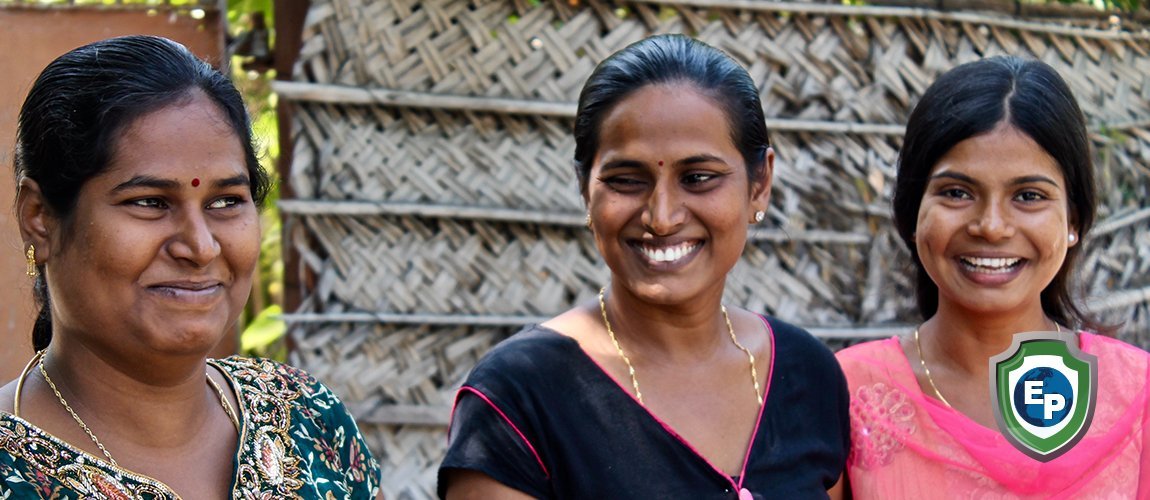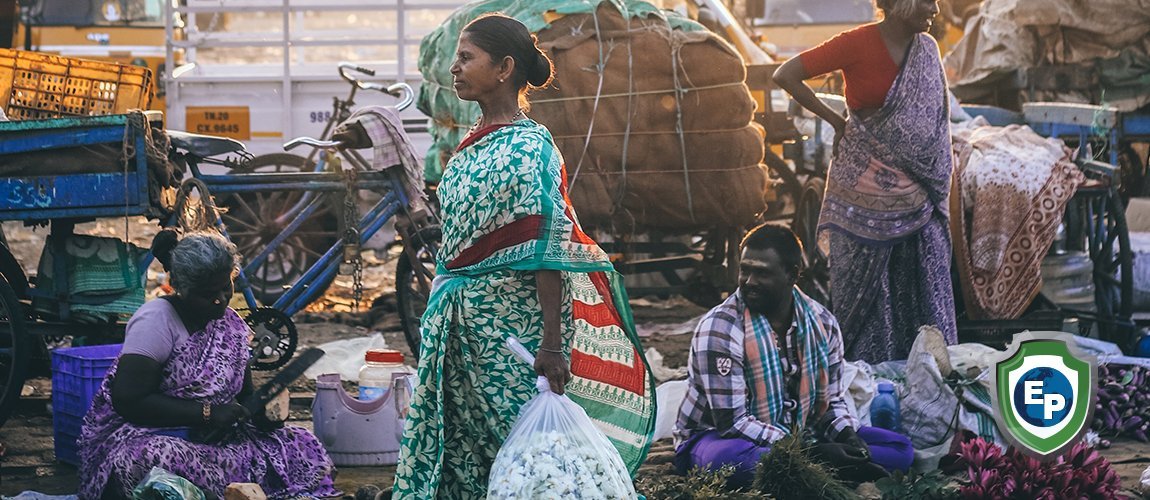Women in the Workforce: How India’s Untapped Resource could become its Greatest Treasure
India is enjoying incredible amounts of economic growth, but could reach even greater heights if more women like Rupa Naik and Jaya Varma Sinha are given the opportunity to chance to shine.

Export Portal’s Ally Spinu and John Zahaitis had the opportunity to meet Ms. Rupa Naik at the World Trade Center in Mumbai back in February of 2018 at the Global Economic Summit. Ms. Naik was at the center of every discussion, knew everyone, and had answers for questions from her staff. She was responsible for every angle of the Summit, yet the pressure never made her crack. Her graciousness, even after a long day, was always present, and Export Portal had the cameras rolling during our visit with Ms. Naik. Her entire team and even the Chairman, Mr. Vijay Kilantri, came by to say a few things to Ally and John.
Rupa Naik embodies the attention to detail that is required to run a large organization, but she’s not the only one.
Earlier this year, Jaya Varma Sinha became the Principal Chief Operations Manager of South Eastern Railways. A well-earned promotion, as back when she was still the Divisional Railway Manager, she spent four years working late nights with railway representatives to establish the Maitree Express. Thanks to her tireless efforts, the first train to connect Bangladesh to India in forty years now allows passengers to move between the two countries, bringing their skills and their wares with them. It was a difficult task, but Jaya Varma Sinha is not one to waver under pressure, as she oversees 23,000 employees, 900 trains per week, and 1 million passengers per day.
Women in countries like India do not just show up for these types of jobs, their skills are honed after many years of working for the right types of companies. These women are making their mark in ways that may not have been possible only 20-50 years ago, and Export Portal is eager to see even more do the same, though the odds are currently against them.

That’s not to say Indian women aren’t up to the challenge, Rupa Naik and Jaya Varma Sinha show that’s not the case. No, I’m afraid the real issue is that more women simply aren’t being given the chance to prove themselves.
Despite having the second largest population in the world, India has less women in the workforce than any country in the G20, second only to Saudi Arabia. While integrating women into the workforce is something all countries need to improve on, India’s case is particularly troubling. Not only do statistics show that women only contribute about one sixth of the country’s economic output, around half the global average, but studies have revealed that female employment rates have dropped by 10% from 2005 to 2018.
A country is a lot like a company, its success comes from making the best possible use of its available resources. A company that buys materials it doesn’t use will lose profits from the wasted investment, just as a country where large portions of the population don’t contribute to the workforce will have a suffering economy. What’s more, a division of a company that underperforms will inevitably drag the company down, and in that same vein, a country whose economy isn’t performing as well as it could will end up holding back the global market. That’s not to say India isn’t contributing to the world economy, on the contrary, it’s proving to be one of the fastest growing economies of our time. So imagine just how large a role they could be playing if they only started taking the same steps so many other countries have already done.

Granted, it is a little difficult to critique India’s female employment rates as being backwards when they are partly the result of societal progress. Many Indian women are now pursuing higher education, rather than dropping out to work in the fields or become child brides. The education of women is a major victory in and of itself, thus the world must be patient while these scores of women earn their degrees so that they may enter the workforce well trained and ready to take on its many challenges.
In order to put the knowledge and experience these women acquire to best use, Finance Minister Arun Jaitley arranged several benefits and reliefs in the country’s annual budget. Lower income tax for women will allow them to bring home more earnings, and increasing their access to loans is expected to boost the number of start-ups and small businesses run by women. These changes come on the heels of last year’s reforms that increased maternity leave and required workplaces to have crèches available for small children while their mothers are working.
Policies like these may not seem so impressive to those who have enjoyed similar liberties for so long, but that is precisely what makes India achieving this level of progress so impressive.
India’s society is very, shall we say, traditional. And while it is always important to remember and honor one’s culture, it is equally important to let one’s culture develop over time. A company that can’t adapt to new market shifts and business models will find itself stagnating, if not bankrupt. Likewise, a country that refuses to change its ways will find itself being left behind by the rest of the world. They’re making good progress with integrating mechanization into their agricultural and production sectors, but they need to integrate the women who used to perform those trades and are now being replaced by machines.

It’s not going to happen overnight, change never does, but small steps here and there will help make the transition go quicker and smoother. India is on the right track, women like Rupa Naik and Jaya Varma Sinha are part of the reason the subcontinent has been so successful as of late, but this is only the beginning. As soon as more women complete their education and take advantage of the government assistance, they’re sure to revolutionize both the local and global economy with their unique perspectives and personal talents.
Women quite literally enrich the world, so it’s high time we all started respecting how valuable they truly are.






Comments 0